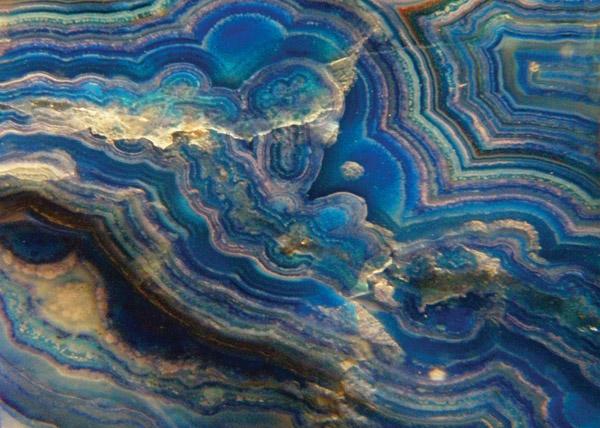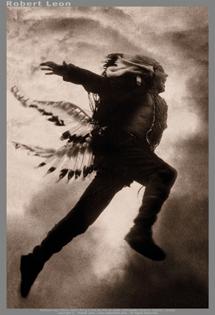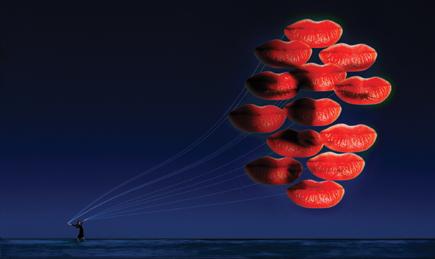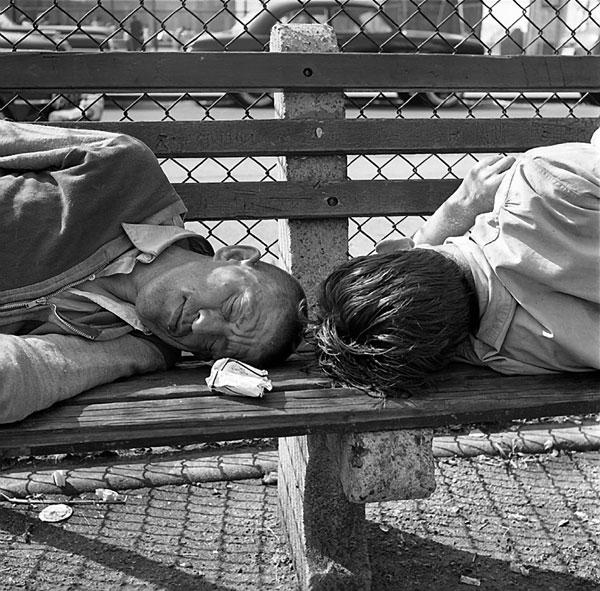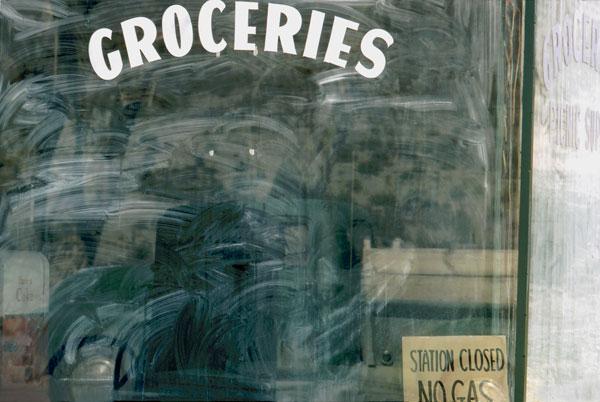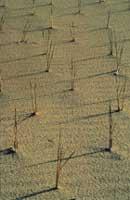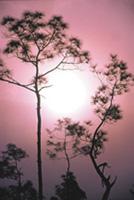Pro Techniques
Sort By: Post DateTitle Publish Date
|
Oct 23, 2012 |
First Published: Sep 01, 2012
|
Aug 17, 2012 |
First Published: Jul 01, 2012
|
Oct 01, 2007
|
Sep 01, 2008
|
Apr 04, 2014 |
First Published: Feb 01, 2014
|
Apr 11, 2014 |
First Published: Feb 01, 2014
|
Apr 07, 2014 |
First Published: Feb 01, 2014
|
Nov 01, 2002
|
May 01, 2000
|
Jun 20, 2014 |
First Published: May 01, 2014
|
Jul 01, 1999


